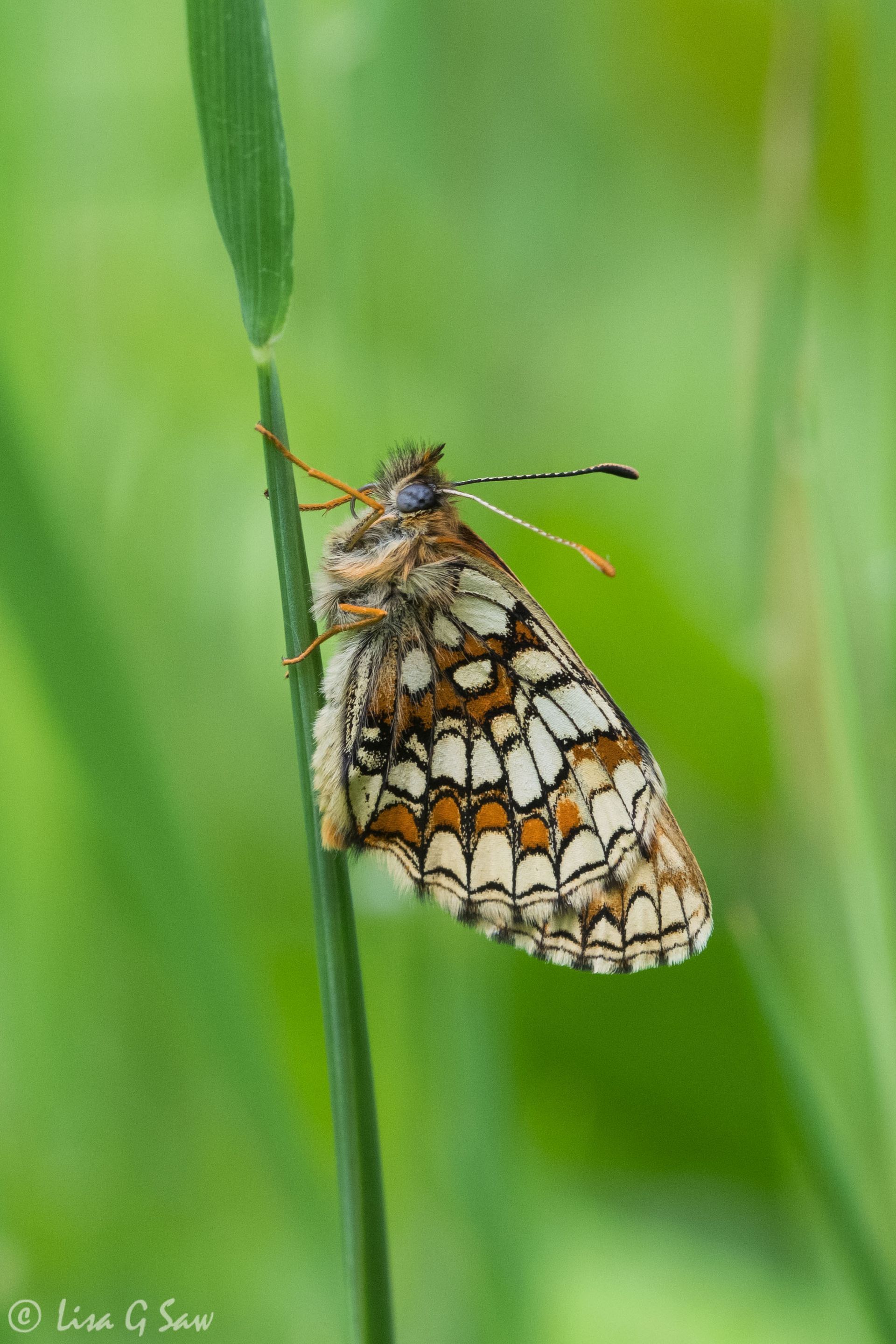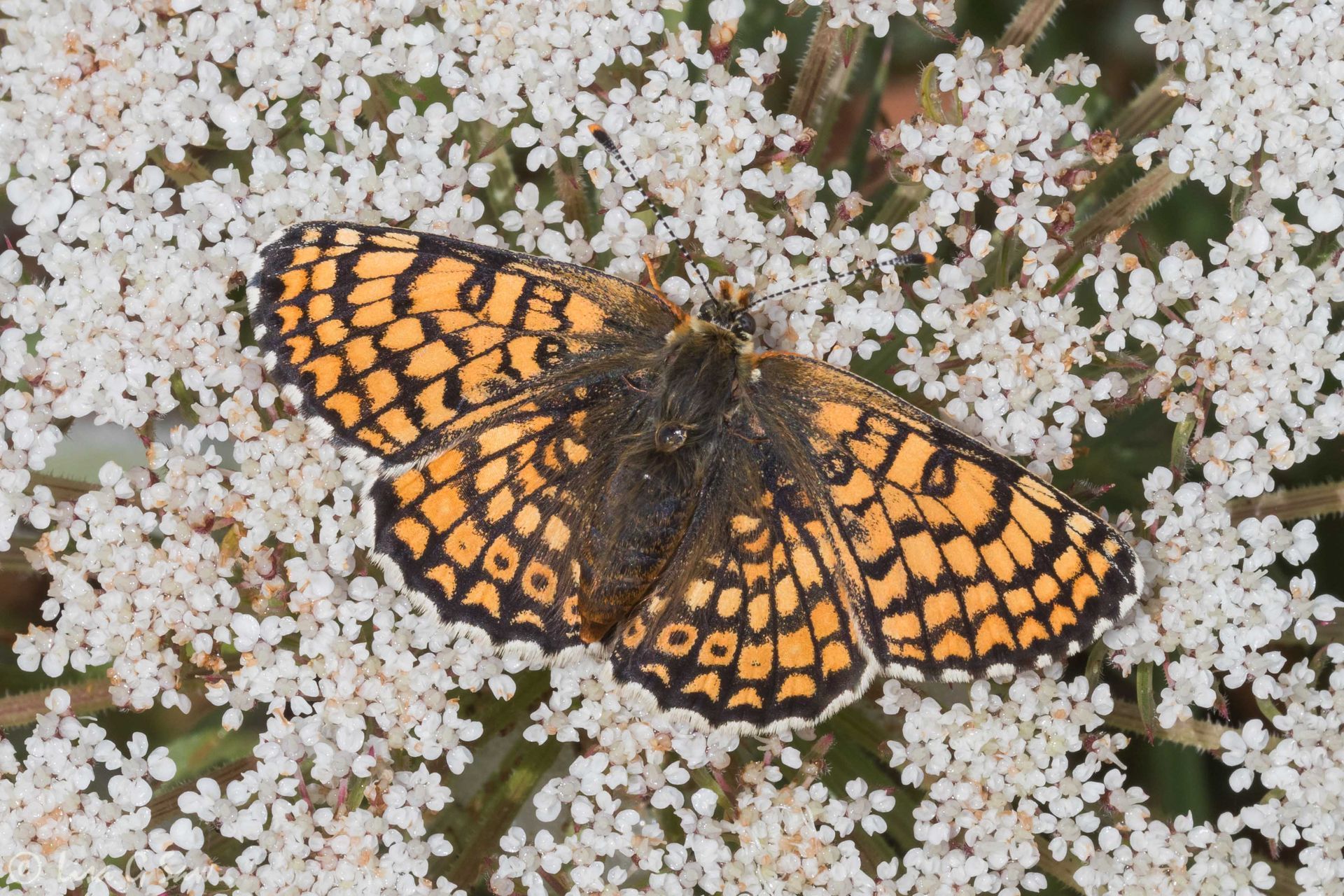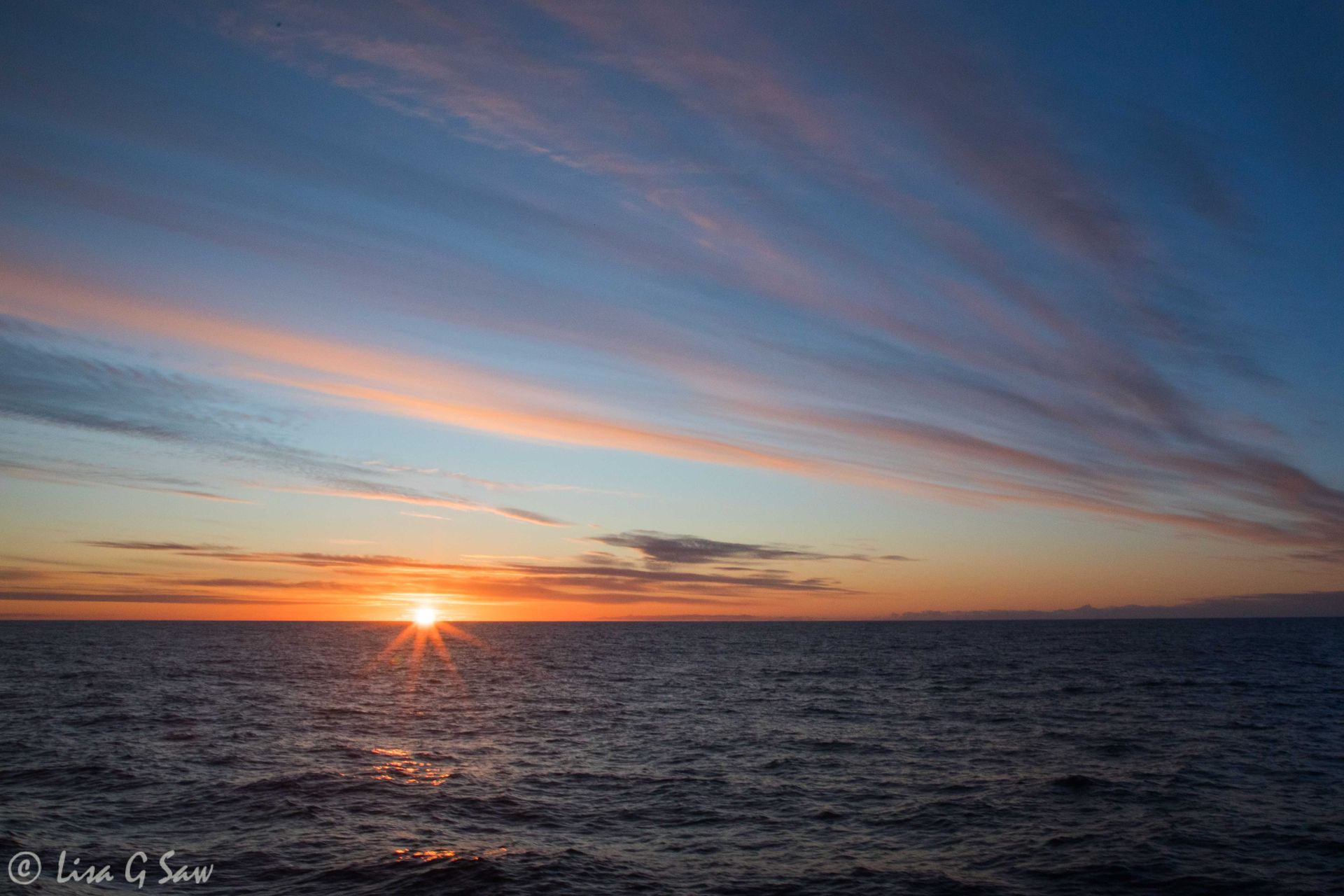Wildlife In Scotland
Winter in the Highlands
2022
For quite a few years I’ve been wanting to visit the Highlands in Scotland in the hope of seeing some of its wonderful wildlife. One of my photography friends joined me on my adventure and we stayed in a beautiful cabin-like cottage in Boat of Garten, which boasted a wonderful garden that backed onto a pine forest. I loved our early morning walks exploring, listening to the birds twittering away as the first rays of light shone in between the pine trees. Plenty of bird food was put out in the garden during our week to attract the local wildlife. Whilst the Rooks dominated - I think at one time I counted 12 - we also saw Robins, Blackbirds, Coal Tits, Chaffinches, Blue Tits and Great Tits. However, it was the sight of Red Squirrels deftly running across the top of the garden fence early in the morning, or scrambling down a tall pine tree, that got me excited. After all, this mammal was at the top of my trip wildlife wish list.
After the Badgers disappeared into the night, for another long hour, we patiently waited to see if any other creature would appear. Secretly, I was still hopeful a Pine Marten would show up. What a great birthday treat that would be! There was a chance some Wood Mice might scurry out, as they were known to do, or maybe even an owl would perch up in one of the trees. My eyes were constantly scanning for signs of life – around the logs before us and the tree where the Pine Martens usually appear from - but to no avail.
Earlier in the week I’d seen some other people placing bird seed in their palm. I wasn't sure it was a good idea to engage so closely with wildlife. I prefer to keep a respectful distance. But curiosity got the better of me. I wanted to experience a bird feeding from my hand and feel its weight in my palm. I figured there was no harm or risk if the birds were bold enough to come that close to humans. The important thing was that it was their choice. With plenty of seed on the feeders and perches nearby and scattered across the ground, they didn’t have to approach it they didn’t want to.
On that last day, after chatting to a few other locals, we discovered a better place to look for the Crested Tits. So, on our final morning, we got up extra early to make sure we had enough time to squeeze in one last wildlife encounter before we had to vacate our cottage and drive south. We only had about an hour to spare. It was a cold frosty morning and not many people were about. My friend and I loitered in the darkness of the forest by some bird feeders. Quietly waiting. Patiently. Well, fairly patiently! Time was limited. We could hear the birds singing and calling high in the pine trees where the sun was warming the branches. Eventually, they started to venture lower to feed – Chaffinches and Coal Tits as usual were the first. It was a lovely way to start the day, listening to the sound of nature. I glanced down at my watch – we had half an hour left. I wondered if this would be yet another fruitless attempt. I didn’t give up though - hanging on to hope.
What a great way to end my holiday!
To read more about my Mountain Hares adventure click on the link.



